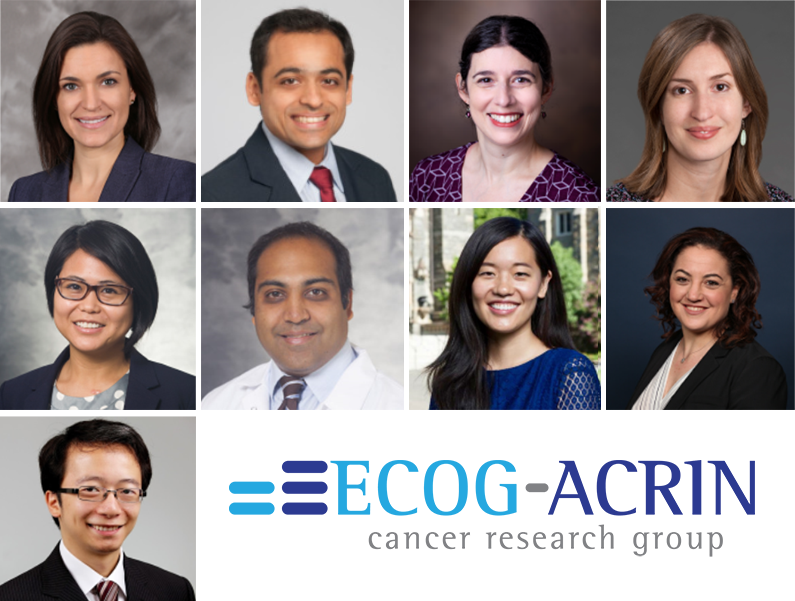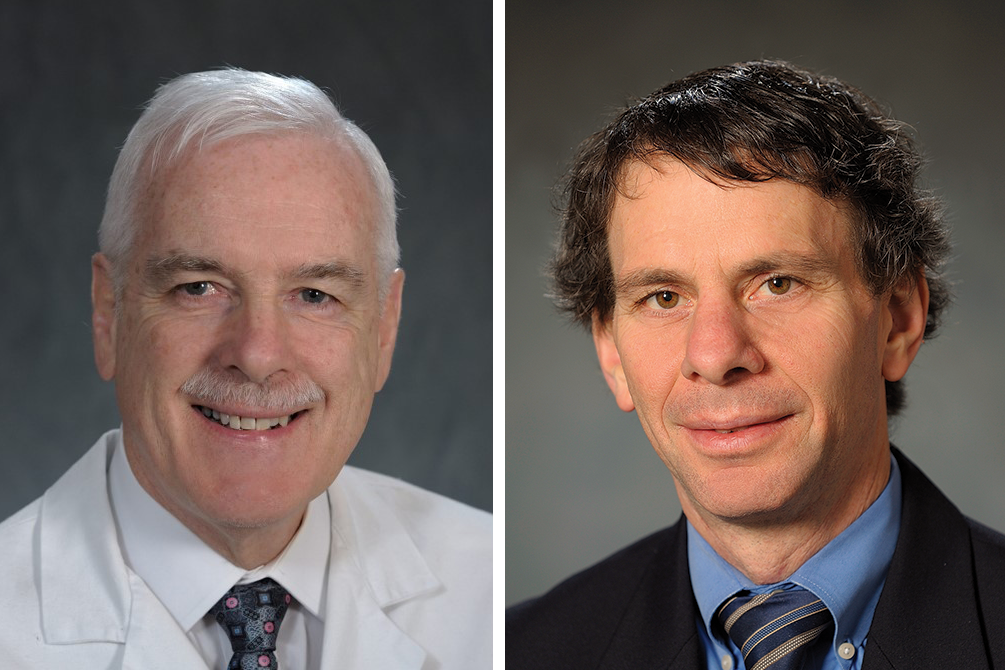
Virtual ECOG-ACRIN Fall 2020 Group Meeting: What to Expect
October 19, 2020
Meet the 2020 Young Investigator Symposium Presenters
October 23, 2020From the Co-Chairs, October 2020


By Peter J. O’Dwyer, MD (left)
and Mitchell D. Schnall, MD, PhD
We release this month’s newsletter right before our virtual Group Meeting, a slimmed down version of what the in-person meeting would contain, but nonetheless a key element of our scientific progress together. What are the elements of a productive meeting when we get together? Perhaps they would include the presentation of novel ideas; the opportunity to think about them, respond, and debate; the polishing and refinement of ideas that have become concepts or new protocols, so that they can have the maximum impact on patient welfare; the provision of a “safe space” for inclusiveness and diversity, for early career investigators to express themselves without fear of harsh responses, a place in which participants from all disciplines can feel welcome.
Now that we all have experience with virtual meetings, it has become more routine for us to be able to populate these elements into that format, and the summer meetings taught us a great deal about how to make them efficient and effective. The main lesson was that meetings must have a realistic span of screen time. So, our meetings have contracted from five or more hours down to two. Also, if you want people to stick to time, the only way to do that (and still have a few minutes for questions and debate) is for speakers to be recorded. We want to recognize Jan Haughey, Christina Chink, Katie Heller and Robert Brown for all their efforts to ensure that each of these meetings has balance and crispness. They have accomplished a tour de force of agenda-wrangling.
In this issue we detail how the meeting is structured, how to find the sessions that are most relevant to you, and the tools available for accessing the content you need. We hope you will find that even in this shortened format, there will be material relevant to both practice and research. The test of the success of a meeting is surely in how many ideas are stimulated, concepts gestated, and new projects initiated. These will surely emerge from our 2020 fall sessions. What we will miss are the discussions in the hallways, and over coffee, where collaborations are developed, where speakers can be buttonholed to expand on areas of interest, and where often our most productive interactions with our industry colleagues lead to new trials.
We will miss the discussions that may spill over into the bar, where a lighter mood can foster understanding and collegiality. But the virtual meeting may have benefits in other ways: broader participation especially for community oncologists, access for research staff at busy centers where funding for travel may be scarce – all to provide insight into how our processes result in the trials they run. This is an evolving model – we hope you will sit in on as much as you can. We draw your special attention to the General Session, ECOG-ACRIN’s most prestigious forum, in which the focus this fall will be on breast cancer and on community oncology. Most of all we will appreciate your feedback on what was good, and what might have been less so! We are also asking for ideas and specifics to develop a virtual session for our industry collaborators. Creating a virtual forum for interaction with the ability for cross-fertilization of ideas is essential to maintaining a cutting-edge portfolio of agents for future studies.
In this issue of the newsletter we focus also on recent events regarding TMIST and on the progress of the NCI-MATCH trial, both of which will be highlighted in the General Session with perspectives on the directions of both. The robust activities of these areas of research define them as hallmarks of the type of research of which the group is capable, and the standards we expect to maintain going forward.
Read the October 2020 issue here.
![ECOG-ACRIN logo[19516]275×75](https://blog-ecog-acrin.org/wp-content/uploads/2021/03/ECOG-ACRIN-logo19516275x75.png)
